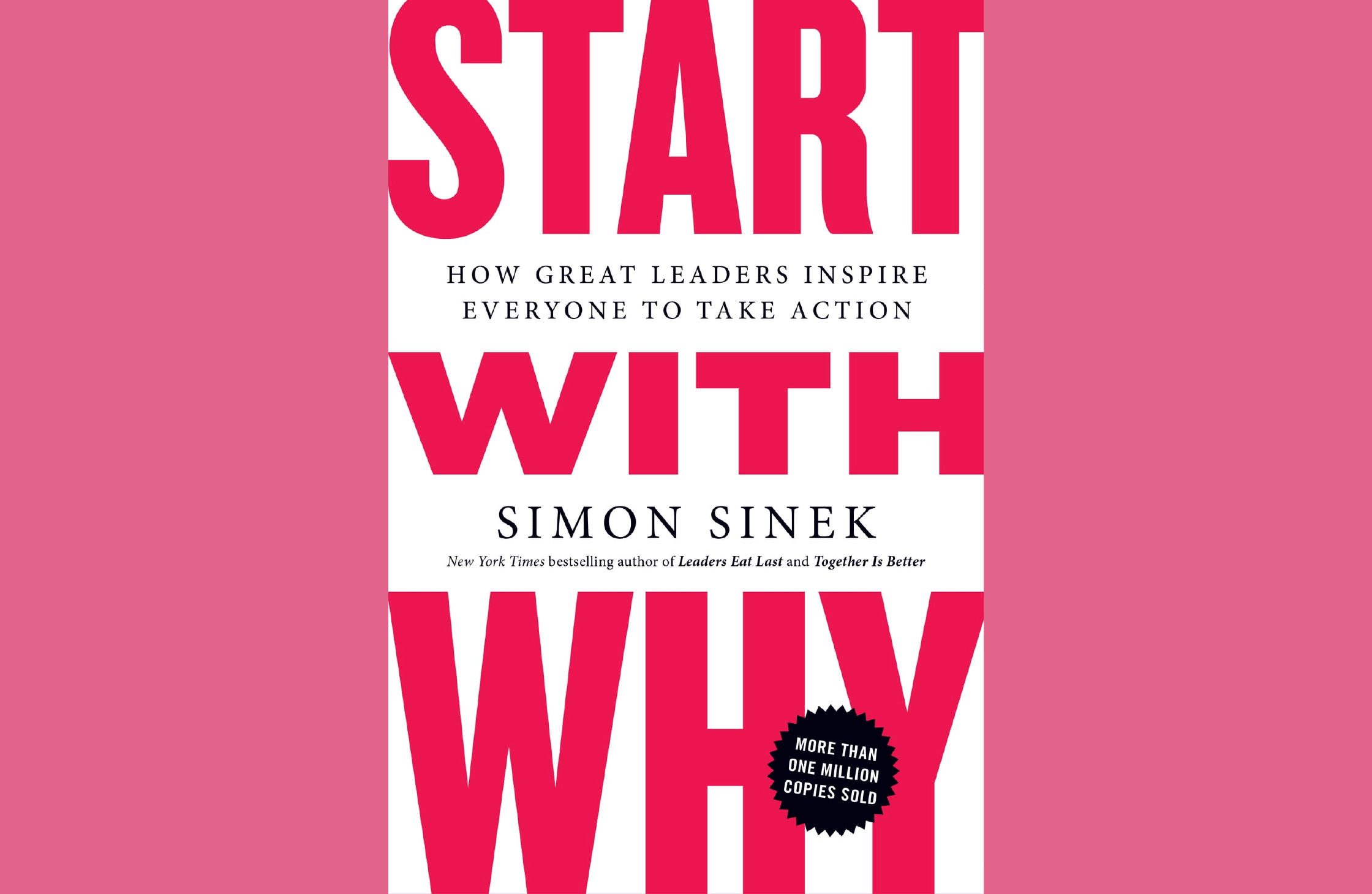Remarkable Real-Life Examples of Starting With Why
Discover the transformative 'What, How, Why' framework in entrepreneurship through real-life examples. Illuminate your path to greatness with purpose-driven leadership.

"Your time is limited, so don’t waste it living someone else’s life," said Steve Jobs.
This powerful reminder resonates deeply in the entrepreneurial world, where clarity of purpose and strategy isn't just beneficial; it's essential. Drawing inspiration from Simon Sinek's "Start With Why," the "What, How, Why" framework is a guiding light for entrepreneurs. This guide is crafted to inform and inspire, demonstrating how this framework can be your compass on the entrepreneurial journey.

About Simon Sinek and "Start With Why"
A visionary thinker and author, Simon Sinek has transformed how we think about modern leadership and business strategy. With a background in cultural anthropology, Sinek brings a unique perspective to organizational success. His book, "Start With Why: How Great Leaders Inspire Everyone to Take Action," delves into the idea that successful individuals and organizations start with a clear understanding of their purpose, their 'Why.'
In "Start With Why," Sinek introduces the concept of the Golden Circle, a framework that explains how leaders can inspire action by aligning their communications with human behavior. The book argues that most companies know what they do and how they do it, but few can clearly articulate why. The 'Why' is not about making money but the purpose, cause, or belief that drives the organization. Sinek's thesis is that when businesses start with 'Why,' they can inspire their employees and customers in a way few others can.
Understanding the Framework
What: The tangible aspect of your venture is the product or service you sell. "Quality is more important than quantity. One home run is much better than two doubles." – Steve Jobs.
How: Your unique strategies or methodologies. "Innovation distinguishes between a leader and a follower." – Steve Jobs.
Why: The core of your entrepreneurial story, transcending profit motives. "People don't buy what you do; they buy why you do it." – Simon Sinek.
Applying the Framework with Famous Examples
1. Refining Business Strategy: Apple Inc.
What: Innovative technology products.
How: Combining aesthetics, functionality, and simplicity.
Why: "To challenge the status quo and empower individuals through technology." – Steve Jobs.
Apple’s success isn’t just in what it creates but in its ability to innovate and inspire.
2. Elevating Marketing Efforts: Nike
What: Athletic footwear and apparel.
How: Through compelling storytelling and aspirational branding.
Why: "To bring inspiration and innovation to every athlete in the world." – Nike's mission statement.
Nike’s marketing transcends product selling; it’s about selling a lifestyle and a dream.
3. Driving Decision-Making: Tesla
What: Electric vehicles and sustainable energy solutions.
How: With cutting-edge technology and renewable energy innovation.
Why: "To accelerate the world’s transition to sustainable energy." – Elon Musk.
Elon Musk’s vision with Tesla is not just about cars but about a sustainable future.
4. Inspiring Leadership: Virgin Group, Richard Branson
What: Diverse ventures from airlines to space travel.
How: Prioritizing innovation, customer service, and employee satisfaction.
Why: "Business opportunities are like buses; there’s always another one coming." – Richard Branson.
A common thread of challenging industry norms ties Branson’s diverse ventures.

Conclusion
"Believe in something. Even if it means sacrificing everything." – Colin Kaepernick.
As an entrepreneur, the "What, How, Why" framework isn't just a strategy but a philosophy. Your "what" makes you relevant, your "how" efficient, but your "why" makes you extraordinary. Let your unwavering "why" be your guiding star in the entrepreneurship journey.
Embrace this framework and illuminate your path to entrepreneurial greatness. Remember, it's not just about building businesses but building legacies. "The ones who are crazy enough to think they can change the world are the ones that do." – Steve Jobs. Be that entrepreneur.
Suggested Reading
If you're interested in exploring the concept of asking "why" in the context of business and organizational success, here are some insightful books that complement and expand upon the ideas presented by Simon Sinek and the Toyota Way:
- "Start With Why: How Great Leaders Inspire Everyone to Take Action" by Simon Sinek
Sinek's book is foundational in understanding the importance of starting with 'why.' It delves into how leaders can inspire action and build a loyal following by communicating their purpose and beliefs. - "Find Your Why: A Practical Guide for Discovering Purpose for You and Your Team" by Simon Sinek, David Mead, and Peter Docker
This is a follow-up to Sinek's "Start With Why," providing practical steps to help individuals and organizations identify their 'why' and integrate it into their daily operations and culture. - "The Toyota Way: 14 Management Principles from the World's Greatest Manufacturer" by Jeffrey Liker
While not exclusively about the 'why,' this book offers an in-depth look at Toyota's management philosophy, which is deeply rooted in understanding the underlying causes and purposes behind actions and decisions. - "Drive: The Surprising Truth About What Motivates Us" by Daniel H. Pink
Pink's book examines the underlying factors that motivate people, moving beyond traditional incentives. It’s a compelling read for those looking to understand the 'why' behind human motivation. - "Toyota Kata: Managing People for Improvement, Adaptiveness, and Superior Results" by Mike Rother
This book focuses on Toyota's continuous improvement and adaptability practices. It's about understanding the deeper reasons behind processes and decisions, central to the 'why' philosophy.
These books offer a comprehensive view of the importance of understanding and articulating the 'why' in various aspects of business, from leadership and culture to process improvement and team dynamics.


